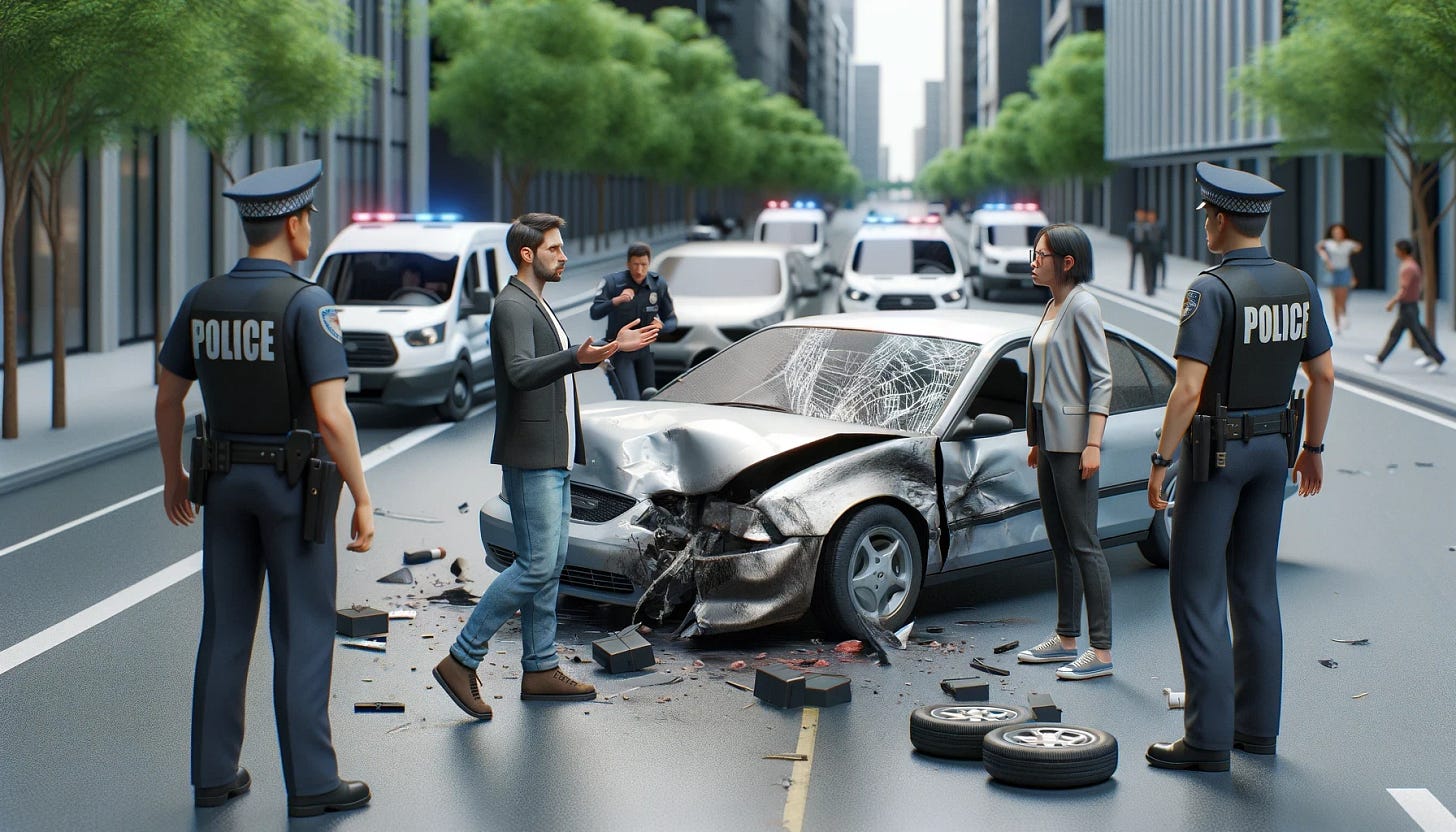Publication
Murray, N. P., Lewinski, W., Allen, C., Sandri Heidner, G., Albin, M. W., & Horn, R. (2024). The eyes have it! Functional field of view differences between visual search behavior and body-worn camera during a use of force response in active-duty police officers. Police Practice and Research, 25(4), 490–497. https://doi.org/10.1080/15614263.2024.2328664
What was the issue?
Body-worn cameras (BWCs) are commonly used as evidence in investigations of police actions, and research has increasingly examined what they capture and how this influences people's judgments of events. This research posits that the BWC may miss critical information that responding police officers did see. Therefore, the BWC might give the public and jurors an inaccurate understanding of the information that the police officer was considering when taking his or her actions.
How did they look at it?
This study analyzed data collected during a controlled use-of-force scenario. Forty-four officers participated in the study. The basic scenario involved a pair of officers being dispatched to investigate a car crash. There were four people of interest at the scene. One was an off-duty police officer who was involved in the crash, one was a motorist who stopped to help, one was a passenger in the assailant’s car, and one was an assailant. As the situation escalates, the assailant eventually returns to his car, retrieves a gun, and fires the gun at the officers. The officers wore a chest-mounted GoPro to simulate a BWC and an eye tracker—glasses equipped with a scene camera to capture their field of view and eye-facing cameras to track their gaze. A computer then uses the information from the eye-facing cameras to determine what the officer is looking at in the scene. The authors were primarily interested in examining the differences between what the BWC showed vs. what the officers actually saw. Their basic argument was that officers see much more at a scene than the BWC reveals because the body-worn camera is lower than the officers’ eyes and less mobile than the officer’s head.
What did they find?
The researchers identified six key moments in the scenario, ranging from early warning signs to critical threats. These moments included a passenger exiting the assailant’s vehicle, escalating to property damage with a bat, an object being thrown by a witness, and ultimately culminating in the assailant retrieving and firing a weapon. The researchers were primarily concerned with differences between what the officers saw and what the BWC showed. The figure below shows these differences (the light gray columns are what the officers saw and the darker ones are what the BWC picked up).
The chart clearly shows that the officers are seeing more than the BWC is picking up. Of particular note are the columns for when the suspect retrieved the weapon and when the suspect fires. Officers saw the suspect retrieve the weapon about 75% of the time, but the BWC only showed it about 49% of the time. The officers saw the suspect shoot about 80% of the time, but the BWC only captured this about 46% of the time. Overall, the officers saw the critical incidents about 80% of the time, and the body-worn camera picked them up about 66% of the time.
So what?
The difference between what a BWC shows and what a police officer actually sees has important implications. Using the scenario and data laid out above, there would be many cases where the police officer saw the suspect retrieve the weapon and fire it, that were not captured on the BWC. If the BWC is assumed to capture everything an officer sees, it could mislead agency investigators, the public, and juries when assessing an incident. If BWCs are treated as the full truth rather than just one piece of evidence, investigators and juries could be missing critical context. Understanding their limitations isn’t just important—it’s necessary.






Great information. I have often argued that BWC does not always capture what the officer actually sees. Usually falls on the deaf ears of administrators. This needs to be addressed if departments are going to rely on BWC.